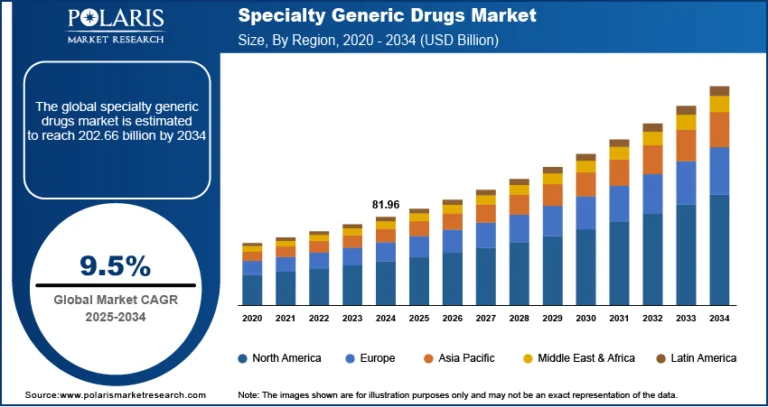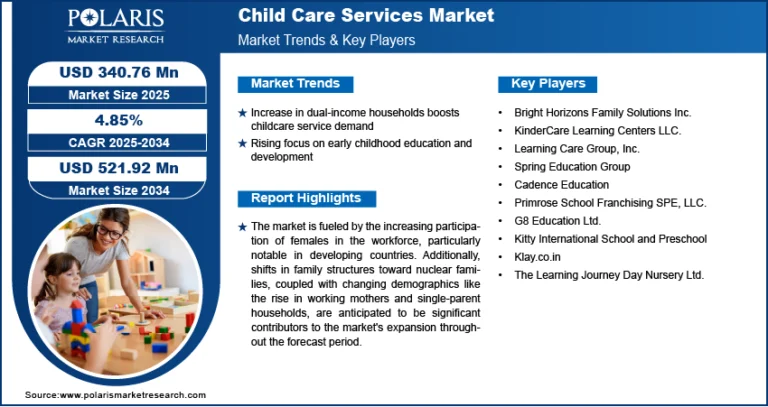Frozen Dessert Market projected to reach $140 billion by 2034, expanding at a CAGR of 4.50%.

The global Frozen Dessert Market was valued at USD 90.25 billion in 2024 and is projected to grow at a CAGR of 4.50% from 2025 to 2034. Consumer preference for indulgent and convenient frozen treats is sustaining market growth.
Market Trends & Insights:
- Health-Conscious Alternatives: There is growing demand for low-sugar, low-fat, and dairy-free frozen desserts made from almond, coconut, or oat milk.
- Premiumization: Consumers are leaning toward artisanal and high-quality products featuring exotic ingredients, organic certifications, and unique flavors.
- Sustainability Focus: Eco-friendly packaging and clean-label formulations are becoming central to brand appeal.
- Digital & DTC Channels: Online grocery platforms and direct-to-consumer models are gaining traction, making frozen desserts more accessible.
- Cultural Fusion: Global flavors and fusion concepts are influencing product innovations to attract diverse consumer segments.
Get Exclusive Sample Pages of This Report:
https://www.polarismarketresearch.com/industry-analysis/frozen-dessert-market/request-for-sample
Market Size & Forecast
· Market Size in 2025 – USD 95 billion
· Projected Market Size by 2034 – 140 billion
· CAGR (2025–2034) – 4.50%
Market Overview:
The frozen dessert market is experiencing steady growth as consumer demand for convenient, indulgent, and refreshing treats continues to rise globally. This market includes a variety of products such as ice cream, frozen yogurt, gelato, sorbet, and non-dairy alternatives. As of 2024, the market is being shaped by shifting consumer preferences towards healthier and premium ingredients, plant-based alternatives, and innovative flavor profiles. With increasing urbanization, improved cold chain logistics, and rising disposable income, especially in emerging economies.
Market Growth Drivers:
- Rising Disposable Income: Particularly in Asia-Pacific and Latin America, increasing incomes are leading to higher spending on indulgent food products.
- Expansion of Organized Retail: Improved freezer infrastructure in supermarkets and hypermarkets has widened product availability.
- Lifestyle Changes: Urbanization and fast-paced lifestyles are boosting the demand for convenient dessert options.
- Product Innovation: Novel flavors, improved textures, and functional ingredients (e.g., probiotics, protein-enriched options) are attracting health-aware consumers.
- Growing Vegan Population: The rise in veganism and lactose intolerance is driving demand for plant-based frozen dessert alternatives.
Market Challenges:
- Seasonal Demand: Sales tend to peak in warmer months, creating fluctuations in annual revenue.
- Cold Chain Infrastructure Limitations: Frozen Dessert Market Inadequate refrigeration and logistics in developing markets hinder product penetration.
- Health Concerns: Despite healthier variants, traditional frozen desserts face criticism for high sugar and fat content.
- Intense Competition: A crowded market with frequent new entries requires constant innovation and differentiation.
- Price Sensitivity: In price-conscious markets, premium or health-centric offerings can struggle to scale due to higher cost.






